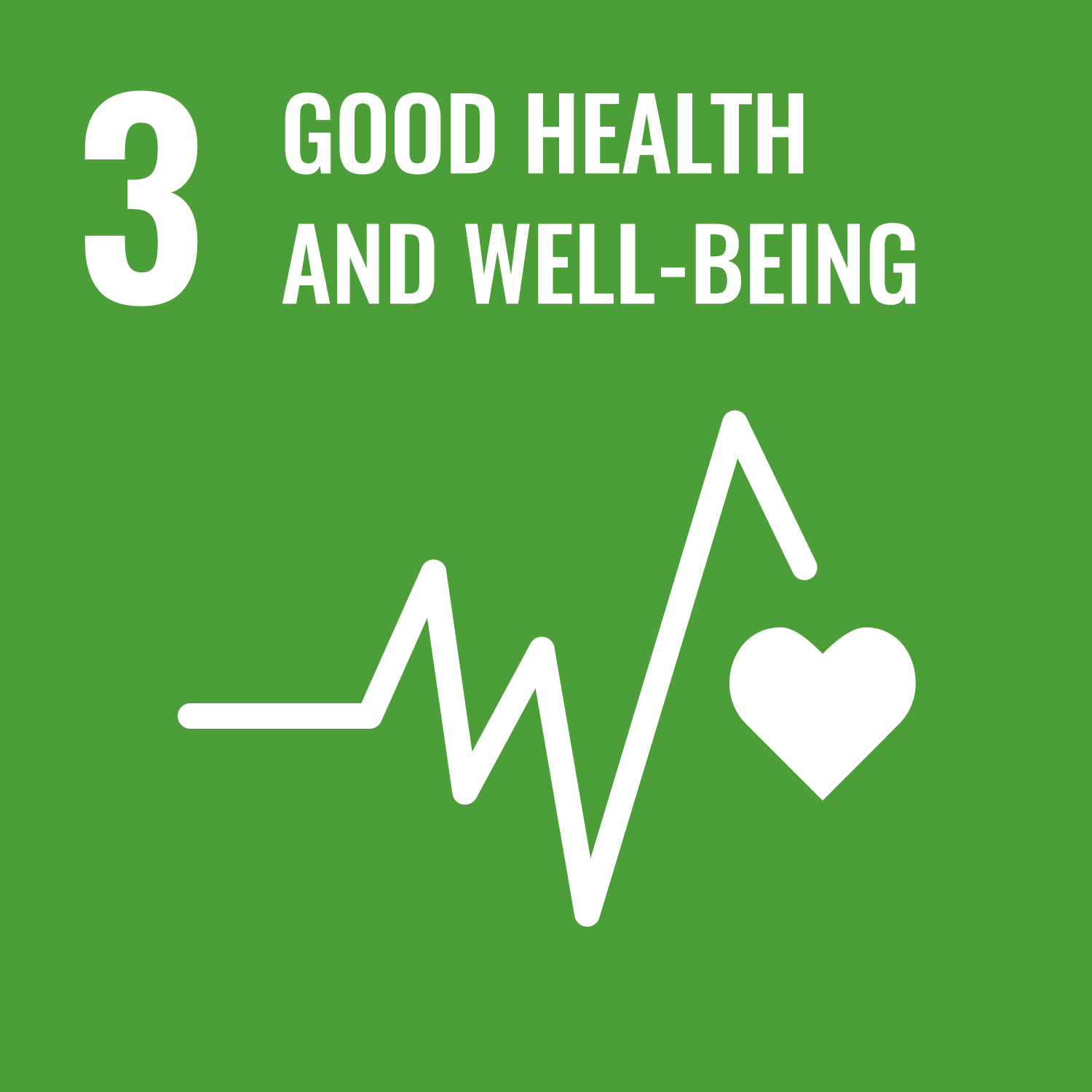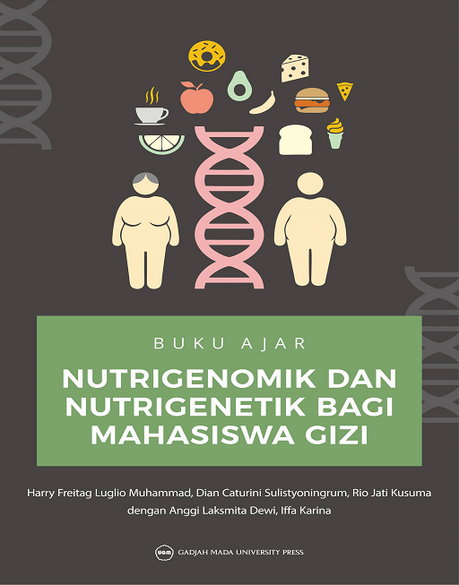Currently, global attention is focused on Sustainable Development Goals (SDGs). The main objective of SDGs is to achieve sustainable development in various aspects of life. One of these goals is to ensure a healthy life and improve the well-being of all people of all ages. This goal reflects a commitment to providing universal access to quality healthcare services and efforts to enhance health conditions and well-being for all layers of society worldwide.
In the past few decades, there has been a shift in the disease burden from infectious diseases to Non-Communicable Diseases (NCDs). NCDs account for approximately 74% of all global deaths. Similarly, in Indonesia, about 69% of Disability Adjusted Life Years (DALYs) lost are attributed to NCDs, including cancer, stroke, hypertension, and diabetes mellitus. In the context of the third Sustainable Development Goals (SDGs) on Good Health and Well-being, one of the targets for 2030 is to reduce premature deaths caused by NCDs by one-third through prevention and treatment efforts.
With the rapid advancements in healthcare technology, a new branch of science has emerged known as nutrigenomics and nutrigenetics. As mentioned in this book, nutrigenomics examines the interaction between nutrient intake (macronutrients, micronutrients, and bioactive compounds) and gene expression within the body. Meanwhile, nutrigenetics focuses on studying how an individual's genetic variations can influence their response to nutritional intake. Through a deeper understanding of these two branches of science, it is expected that doors will open towards a personalized approach to nutrition and health, aligning with the unique needs of each individual.
In this book, the author provides a detailed explanation of nutrigenomics, nutrigenetics, genetic variations, Single Nucleotide Polymorphism (SNPs), chromosome structure and organization, and gene expression. Not only that, but the author also elucidates human genetics and the terminology commonly used in this field to facilitate a better understanding of genetics. Beyond the foundational explanations, the book presents case examples of nutrigenetics and how genetic variations can impact nutritional requirements. The cases discussed include phenylketonuria, lactose intolerance, galactosemia, and deficient aldehyde dehydrogenase enzyme.
Another advantage of this book is the presence of dedicated chapters addressing nutrigenomics and nutrigenetics in Non-Communicable Diseases (NCDs) such as diabetes mellitus, hypertension and heart diseases, cancer, and obesity. In these chapters, readers can gain a more detailed understanding of the biological mechanisms, existing genetic variations, interactions between genes and dietary factors, and appropriate nutritional recommendations. For instance, there is a discussion on the genetic variation in the APOA2 gene, where individuals with the CC genotype are responsive to saturated fats, thereby having a higher risk of obesity and cardiovascular diseases. The recommended diet for individuals with the CC genotype in the APOA2 gene is to reduce saturated fat intake to mitigate the associated risks.
This book is highly suitable for nutrition students and practitioners interested in exploring the branches of nutrigenomics and nutrigenetics in the rapidly evolving landscape of healthcare technology. The nutrigenomic and nutrigenetic approaches outlined in the book are incredibly beneficial in providing precise nutritional recommendations tailored to the genetic variations of each individual, especially concerning the prevention and treatment of Non-Communicable Diseases (NCDs). This knowledge is anticipated to continue to advance and play a pivotal role in achieving the third goal of the Sustainable Development Goals (SDGs), which is Good Health and Well-being. This book can be found in the Borrowing and Returning Book Room of the UGM Library.
Contributor: Annisa Fitria Nur Azizah



